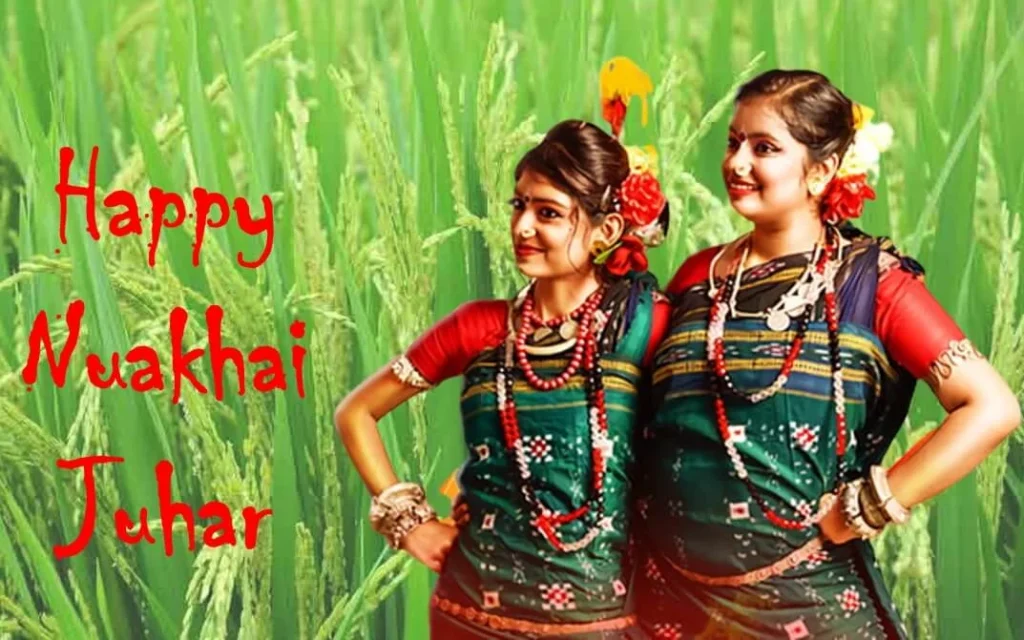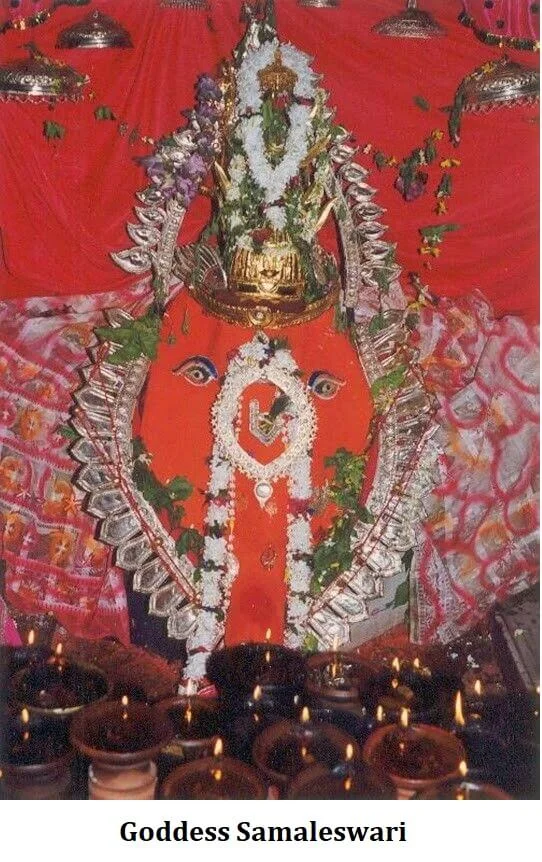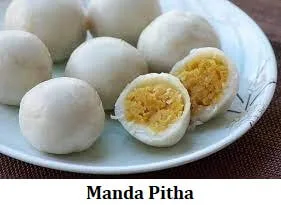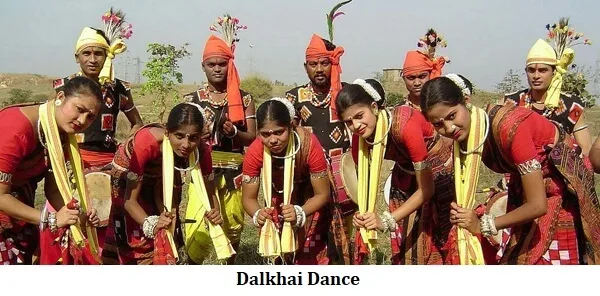
India is a country with a diverse culture. Culture includes festivals and tradition associated with a community. Therefore, the varied diversity of India is beautifully exemplified by its culture which has it own charm and significance. Among these, the festival of Nuakhai Juhar shines as a radiant jewel in the crown of Western Odisha’s heritage. Nuakhai Juhar, often simply referred to as Nuakhai, is a harvest festival that rejoices in the abundant crops and the rich cultural tapestry of this region. Nuakhai Juhar that works as a binding force between the communities of Western Odisha. It further represents the rural life and its features. The history, importance, rituals, and grandeur of Nuakhai Juhar is what I’ll explore today through this blog post.
Historical Roots of Nuakhai Juhar
Nuakhai Juhar boasts ancient roots that stretch back centuries. The word “Nuakhai” is derived from two Odia words, “Nua” and “Khai,” which mean “new” and “food” respectively. People of Sambalpur have been celebrating this festival for thousands of years. It is dedicated with the ritual of honoring Goddess Samaleswari.

She is considered to be the most important deity in Sambalpur. In order to ensure the prosperity of the populace, this celebration was established to gift the Goddess the first fruits of the harvest season. Legend has it that King Ramai Deva of Patnagarh initiated the festival during the 12th century. He introduced Nuakhai as a way to ensure the well-being and prosperity of his subjects by offering the first crop of the season to the Goddess. Since that time, Nuakhai Juhar has assimilated into the local culture.
Timing and Rituals of Nuakhai Juhar
Nuakhai Juhar is celebrated on the Panchami Tithi (fifth day) of the lunar fortnight in the Bhadrab month, typically falling in late August or early September. This festival is celebrated at the harvest of the new rice crop. Therefore, it appeals the entire community to form an integral part of the celebration. Key rituals associated with Nuakhai Juhar include:
- Nabanna: In the morning of Nuakhai, people reverently offer the newly harvested rice (Nabanna) to the deity after collecting it from their fields. After all this act is a symbol of gratitude to the harvest of crop.
- Ghati Ghanta: The air resonates with the sounds of bells and gongs as devotees flock to temples. Local priests conduct special pujas (worship) to seek the blessings of the Goddess.
- Nuakhai Bhetghat: Families come together at their ancestral homes to celebrate Nuakhai Juhar collectively. Elders extend blessings to the younger members, and everyone exchanges well-wishes.
- Nuakhai Juhar Naivedya: A sumptuous feast is prepared using the freshly harvested rice and a variety of traditional Odia dishes. Manda Pitha, Rasabali, and various curries form the part of the delicious menu.

Cultural Significance of Nuakhai Juhar
Nuakhai Juhar not only commemorates the harvest but also reverberates with cultural significance. People are drawn together and feel linked and bonded by Nuakhai Juhar. Additionally, to fostering closer ties within the family, it makes an effort to preserve the rich local customs. It’s a time for people to gather, make up if there were any disagreements, and enjoy the happiness of a good harvest. Moreover, Nuakhai Juhar is a stage to display the rich cultural heritage of Western Odisha. Traditional songs and dances like Dalkhai and Rasarkeli add color and music to the celebration.

The Nuakhai Procession
One of the highlights of this festival is the grand procession that takes place in various towns and villages of Western Odisha. These processions comprise of traditional dance coupled with music. The most eye-catching part of the procession is the beautifully decorated statues of Goddess Samaleswari. Lots of people from various groups join the parade. They wear their special traditional clothes and carry signs and flags. As, this procession passes through the streets it gains the attention of not only the residents but also the tourists visiting these places.
Nuakhai Beyond Odisha
While it is primarily celebrated in Western Odisha, its cultural significance has spread beyond the region’s borders. Odia communities residing in different parts of India and around the world also observe this festival with great enthusiasm. This festival has been successful in binding the Odia people to their roots no matter in which part of the world they are residing. Moreover, the festival has been able to maintain its cultural identity because the legacy of this festival has been passed from generation to generations without any distortion and the process is yet to be continued.
Conclusion
Nuakhai Juhar is special because it represents the gratitude and the unity of the people towards the nature and environment. Moreover, it is not only associated with the harvest of the healthy crop, but it also aims at bringing people together and share the tradition among them. When it ends as the sun goes down, it leaves everyone feeling happy and content reminding everyone to appreciate the gift of nature. So, if you ever find yourself in Western Odisha during late August or early September, make sure to partake in the grand celebration of Nuakhai Juhar, and experience the magic of this unique harvest festival.
